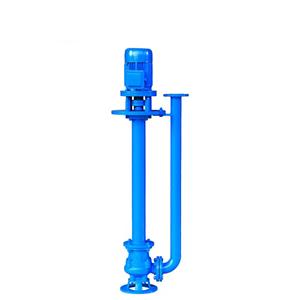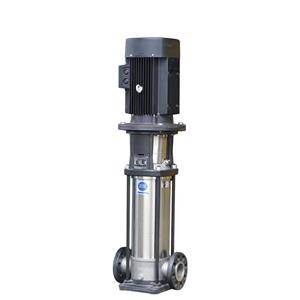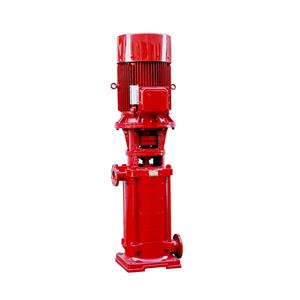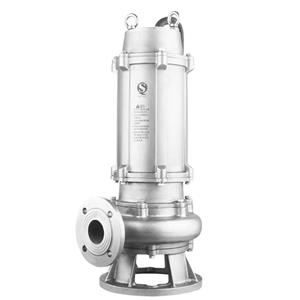Manual vs. Electric Pumps: Cost-Benefit Analysis for Rural Communities in Malawi
In Malawi, where agriculture employs over 60% of the population and smallholder farms dominate the landscape, access to reliable irrigation is critical for food security and economic growth. However, the choice between manual pumps and electric pumps remains a contentious issue due to cost, reliability, and environmental factors. This article evaluates the pros and cons of both options to guide rural communities in making informed decisions.
1. Initial Costs
Manual Pumps:
Low Upfront Investment: Hand-operated pumps cost between 50–200 USD, making them accessible for subsistence farmers.
No Infrastructure Requirements: No need for electricity grids or fuel supply chains.
Electric Pumps:
Higher Initial Costs: Solar-powered pumps range from 500–1,500 USD, while diesel pumps cost 800–2,000 USD (including installation).
Infrastructure Challenges: Solar panels or diesel generators require upfront investment and maintenance.
Winner: Manual pumps for low-budget households; electric pumps for medium-to-large-scale farmers.
2. Operational Costs
Manual Pumps:
Labor-Intensive: Requires constant human effort, limiting irrigation to small plots (0.1–0.5 hectares).
Zero Fuel/Energy Costs: Ideal for off-grid areas but physically demanding.
Electric Pumps:
Solar Pumps: Low operating costs (minimal maintenance), but high initial savings offset energy expenses.
Diesel Pumps: Cheaper upfront but costly long-term due to volatile fuel prices (averaging $1.50/liter in Malawi).
Winner: Solar electric pumps for long-term savings; manual pumps for short-term affordability.
3. Reliability & Efficiency
Manual Pumps:
Limited Flow Rate: Pumping capacity of 1–5 m³/h, suitable for small vegetable gardens.
Weather Dependency: Rainy seasons reduce manual labor needs, but dry spells increase workload.
Electric Pumps:
High Efficiency: Solar pumps can deliver 10–20 m³/h, enabling larger-scale irrigation.
Consistency: Solar energy ensures uninterrupted operation, unlike diesel pumps affected by fuel shortages.
Winner: Electric pumps for scalability and reliability; manual pumps for small, flexible use.
4. Maintenance & Durability
Manual Pumps:
Simple Repairs: Locally available parts (e.g., pistons, valves) and minimal technical skills required.
Short Lifespan: Rust and wear from frequent use may limit lifespan to 3–5 years.
Electric Pumps:
Specialized Maintenance: Solar panels and batteries require expert servicing, often unavailable in rural areas.
Longer Lifespan: Solar pumps last 10–15 years with proper care; diesel engines last 5–8 years.
Winner: Manual pumps for ease of repair; solar pumps for durability (with training support).
5. Environmental & Social Impact
Manual Pumps:
Carbon-Neutral: No emissions, aligning with Malawi’s climate resilience goals.
Health Risks: Prolonged physical labor can cause musculoskeletal issues, especially for women.
Electric Pumps:
Solar Power Benefits: Reduces reliance on wood charcoal and diesel, cutting deforestation and indoor air pollution.
Gender Empowerment: Frees women and children from manual labor for education or other activities.
Winner: Solar pumps for sustainability and social equity; manual pumps for zero emissions.
6. Case Study: Nkhotakota District
A 2022 project in central Malawi compared pump performance:
Manual Pumps: 100 smallholder farmers irrigated 0.2 hectares with 10 hours of daily labor.
Solar Pumps: 50 farmers covered 1–2 hectares with 2 hours of daily labor, boosting yields by 40%.
Conclusion: Solar pumps enabled crop diversification (e.g., tomatoes, beans) and higher profits.
Recommendations for Rural Communities
Adopt a Hybrid Approach: Use manual pumps for small plots and solar pumps for high-value crops.
Leverage Partnerships: NGOs like UNICEF and Practical Action offer subsidies for solar pump installations.
Training Programs: Build local capacity to maintain electric pumps and repair manual systems.
Final Verdict
Choose Manual Pumps If:
Budget is extremely limited.
Irrigation needs are small and labor is readily available.
Choose Electric Pumps If:
Long-term cost savings and scalability are priorities.
Access to solar energy or diesel is feasible.




